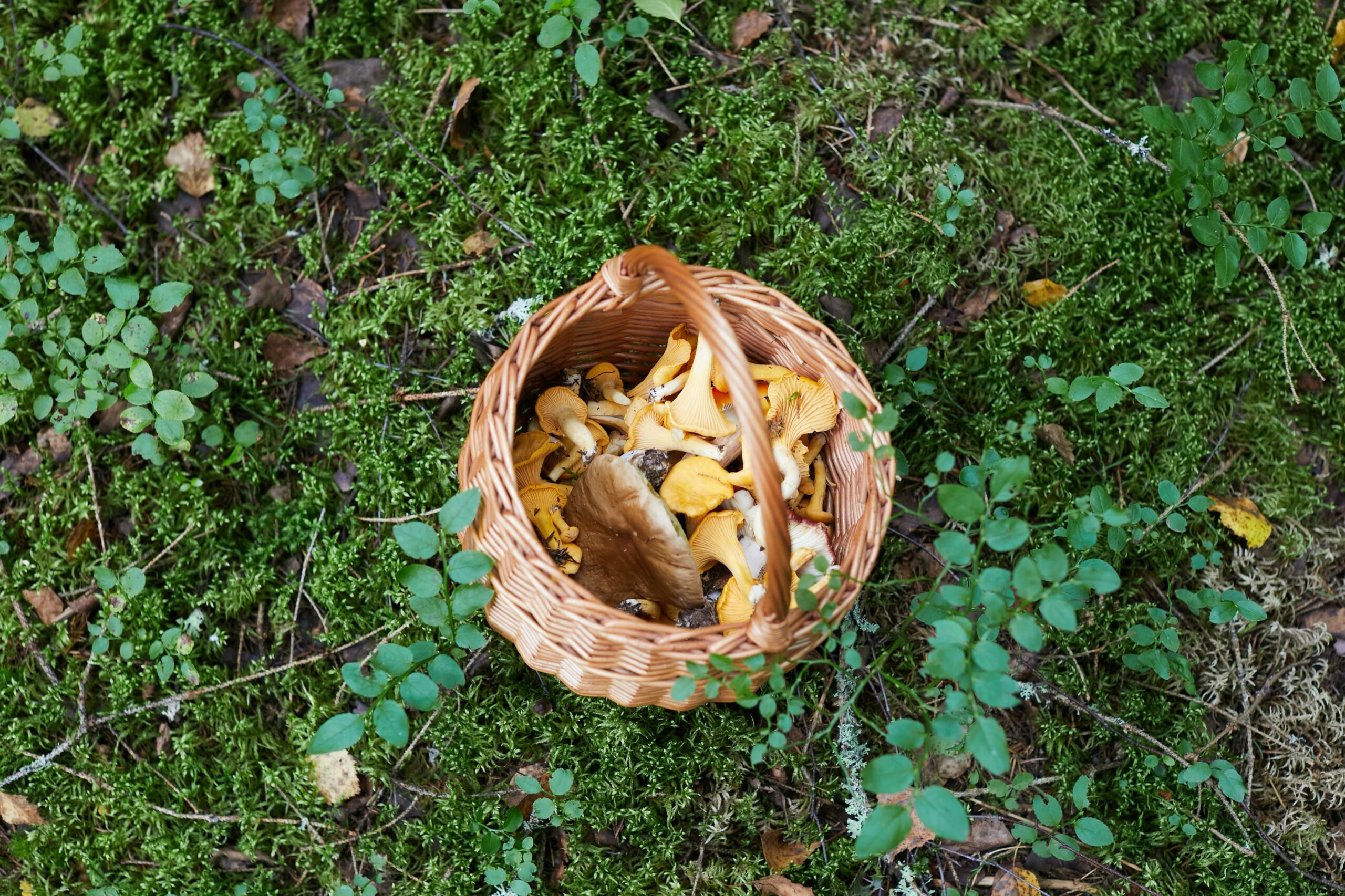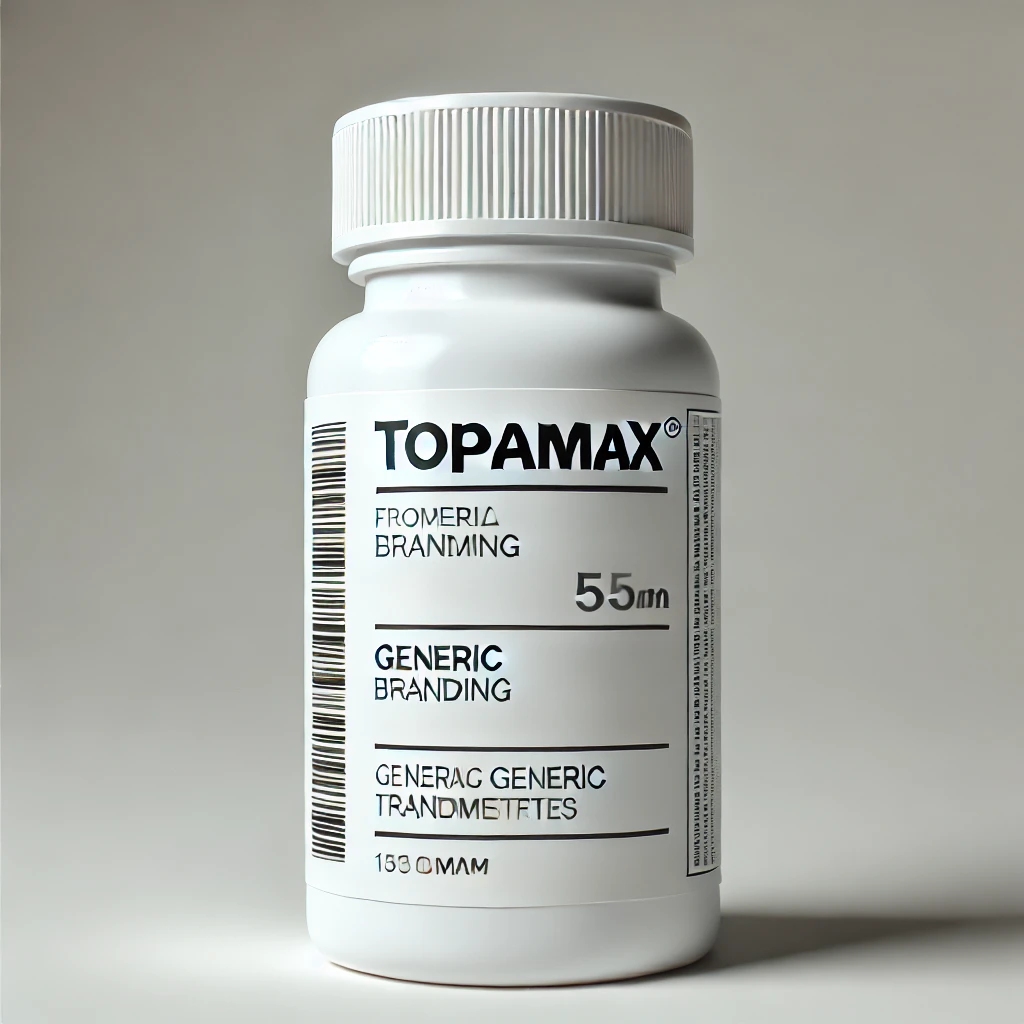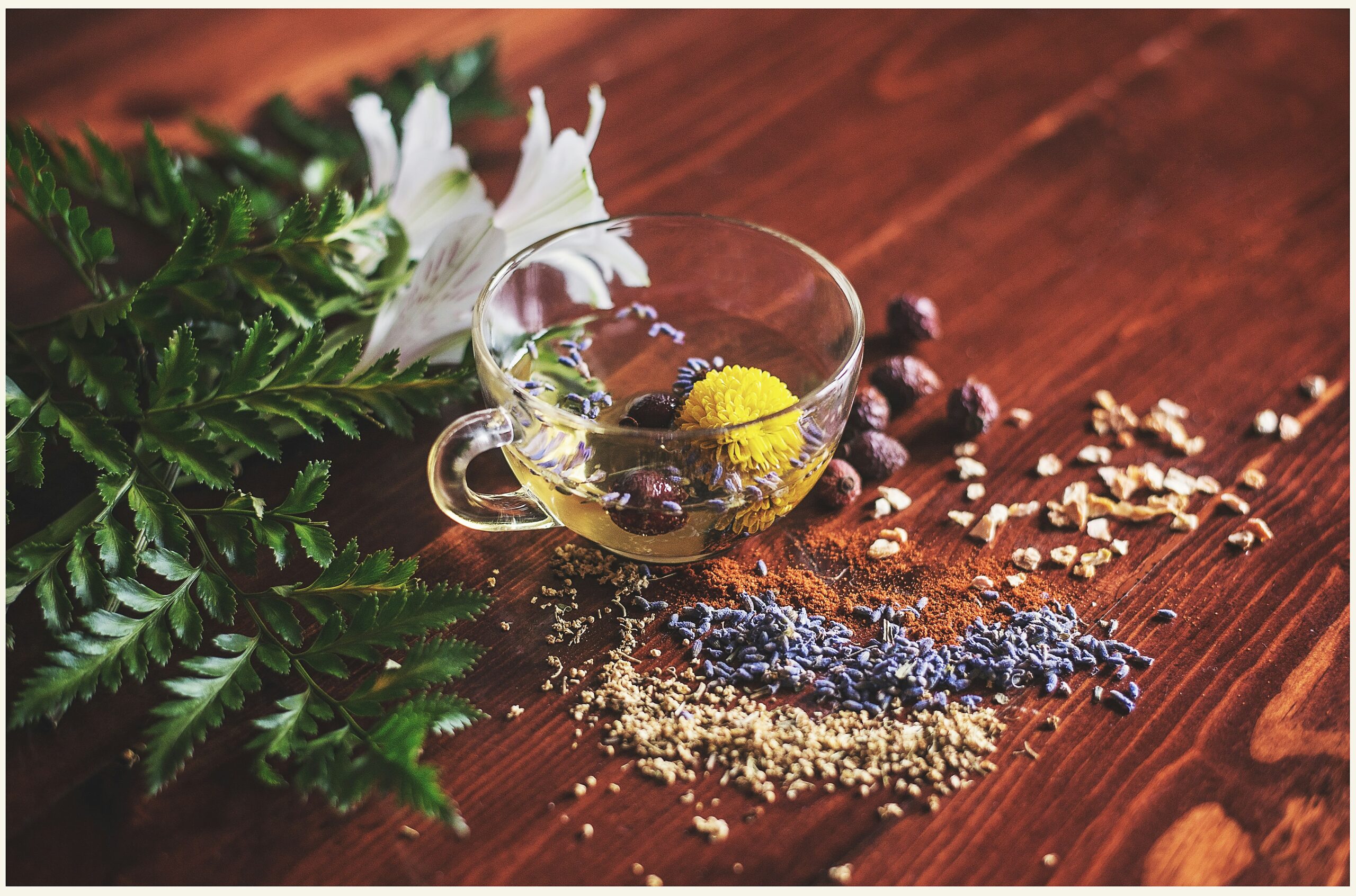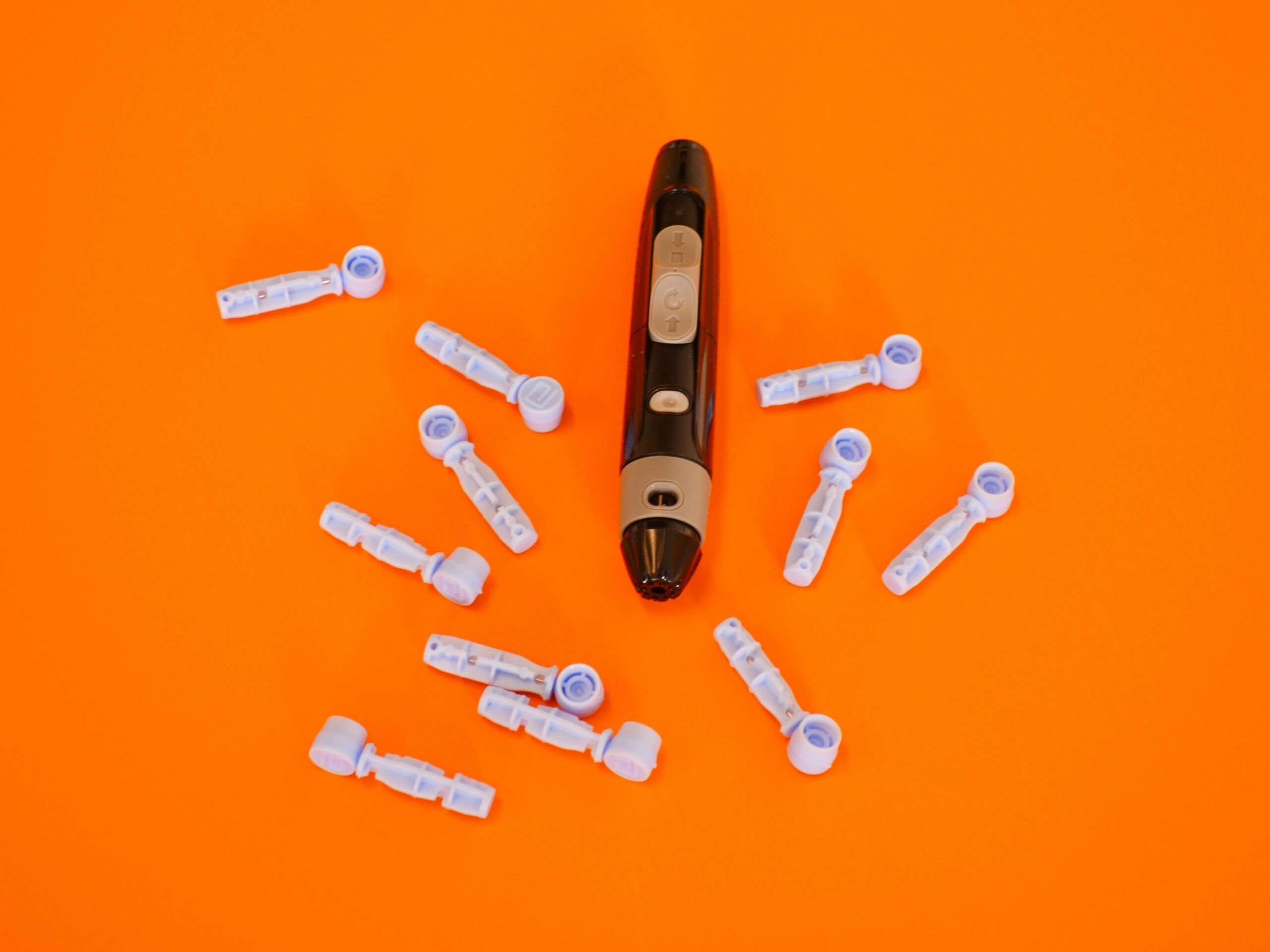When it comes to culinary mushrooms, the variety available to both home cooks and professional chefs is vast. Among the most sought-after species are the dove oyster vs blue oyster mushroom, both of which are prized for their unique flavors, textures, and nutritional benefits. Understanding the differences between these two varieties is essential for anyone interested in gourmet cooking or mushroom cultivation.
In this comprehensive guide, we’ll delve into the distinctions between Dove Oyster and Blue Oyster mushrooms, exploring their appearance, flavor, cultivation methods, nutritional benefits, and best culinary uses. By the end of this article, you’ll have a clear understanding of how to choose between Dove Oyster vs Blue Oyster mushrooms for your next culinary adventure.
Appearance: Dove Oyster vs Blue Oyster Mushroom
One of the most noticeable differences between Dove Oyster and Blue Oyster mushrooms is their appearance.
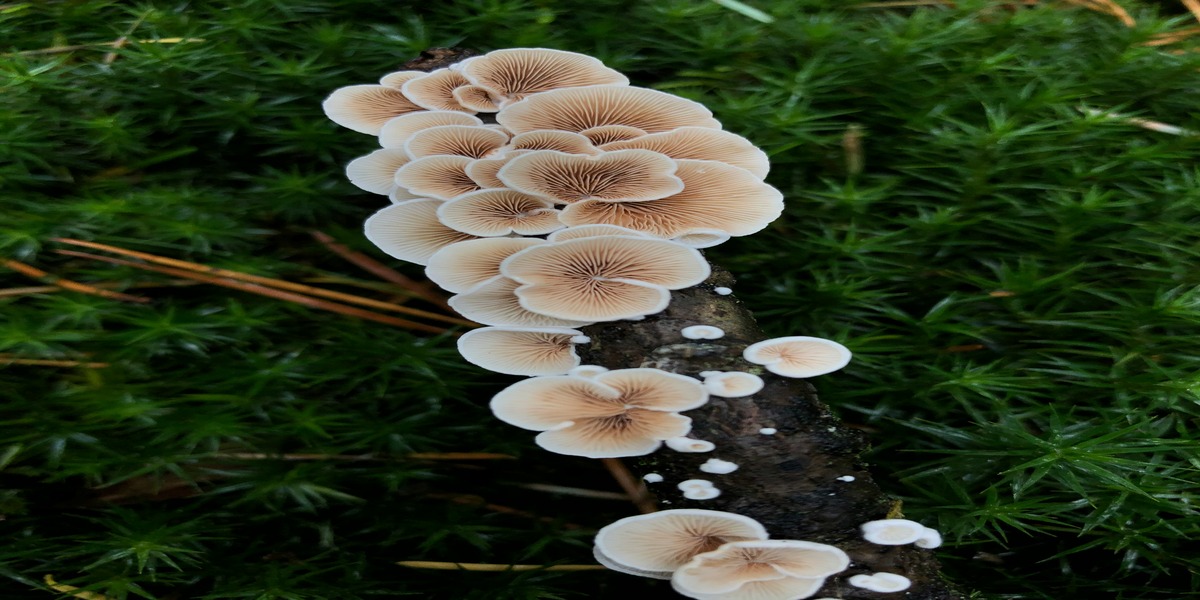
Dove Oyster Mushroom
Dove Oyster mushrooms, scientifically known as Pleurotus ostreatus, are also referred to as white or pearl oyster mushrooms. As their name suggests, they have a soft, delicate appearance with light-colored caps that range from off-white to pale gray. The caps are fan-shaped and grow in clusters, often resembling a layered dove’s wing. Their gills are tight and extend all the way to the stem, giving them a graceful, elegant appearance.
Blue Oyster Mushroom
Blue Oyster mushrooms, also of the species Pleurotus ostreatus, are recognized for their striking blue-gray caps, especially when they are young. As they mature, the blue hue fades slightly, but their distinctive color makes them a visually appealing choice for dishes. The caps are also fan-shaped but tend to be thicker and more pronounced than those of Dove Oysters. Blue Oyster mushrooms are commonly found in clusters, with caps that overlap like the scales of a fish.

Flavor and Texture Differences
Both Dove and Blue Oyster mushrooms belong to the same species, so their flavors share common elements, but there are subtle distinctions that set them apart in the kitchen.
Dove Oyster Mushroom
Dove Oyster mushrooms have a mild, slightly sweet flavor with a delicate texture. When cooked, they tend to absorb the flavors of the ingredients they are paired with, making them an excellent addition to stir-fries, soups, and pasta dishes. Their texture is tender and soft, ideal for dishes where a more delicate mushroom is desired.
Blue Oyster Mushroom
Blue Oyster mushrooms, on the other hand, have a more robust flavor profile. They are slightly earthy and nutty, making them a popular choice for heartier dishes. Their texture is chewier and more substantial compared to Dove Oysters, making them suitable for grilling, sautéing, or adding to stews. Blue Oysters hold up well in cooking and can add depth to vegetarian or meat-based dishes.
Nutritional Value of Dove and Blue Oyster Mushrooms
Both Dove and Blue Oyster mushrooms are packed with nutrients, making them a healthy addition to any meal. Rich in vitamins, minerals, and antioxidants, these mushrooms offer numerous health benefits, from boosting immune function to promoting heart health.
Shared Nutritional Benefits
- Low in Calories: Both types of oyster mushrooms are low in calories, making them a great choice for weight-conscious individuals.
- High in Protein: Oyster mushrooms contain more protein than many other mushrooms, providing a good source of plant-based protein.
- Rich in Antioxidants: The antioxidants found in oyster mushrooms help reduce inflammation and protect the body from oxidative stress.
- Vitamin B Complex: Both varieties are excellent sources of B vitamins, which are essential for energy metabolism.
- Minerals: Oyster mushrooms are rich in essential minerals like potassium, iron, and phosphorus, which support overall health.

Cultivation: Growing Dove and Blue Oyster Mushrooms
The cultivation of oyster mushrooms has become increasingly popular due to their fast growth rate and relatively simple growing requirements. Both Dove and Blue Oyster mushrooms thrive in controlled environments, and they are favorites among both novice and experienced mushroom growers.
Dove Oyster Mushroom Cultivation
Dove Oyster mushrooms are typically grown on substrates like straw, sawdust, or even coffee grounds. They require a humid environment with good air circulation and indirect sunlight. Temperature-wise, Dove Oysters prefer slightly warmer conditions, between 64-77°F (18-25°C). These mushrooms can grow indoors or outdoors, making them versatile for both home and commercial cultivation.
Blue Oyster Mushroom Cultivation
Blue Oyster mushrooms also grow well on substrates like straw or hardwood sawdust. However, they have a distinct preference for cooler temperatures, thriving in environments between 55-65°F (13-18°C). This makes them ideal for growing during colder months or in temperature-controlled environments. Blue Oysters have a faster growth cycle compared to Dove Oysters, and their impressive blue color makes them a visually stunning addition to any grower’s collection.
Culinary Uses: How to Cook Dove and Blue Oyster Mushrooms
Dove Oyster Mushroom Dishes
Dove Oyster mushrooms’ mild flavor and tender texture make them ideal for dishes that require a subtle, complementary ingredient. They are perfect for:
- Stir-fries: Add them to stir-fried vegetables for a delicate touch.
- Pasta dishes: Their soft texture blends well with creamy sauces.
- Soups: Use Dove Oysters in miso soups or broths to enhance umami flavors without overpowering the dish.
Blue Oyster Mushroom Dishes
Blue Oyster mushrooms, with their stronger flavor and chewier texture, are perfect for dishes that require a heartier mushroom. Try them in:
- Grilled dishes: Their robust texture holds up well on the grill.
- Sautéed with garlic and herbs: A simple yet delicious preparation that brings out their nutty flavor.
- Stews and braises: Their earthy taste pairs well with rich, slow-cooked dishes.
Conclusion: Dove Oyster vs Blue Oyster Mushroom – Which to Choose?
Both Dove and Blue Oyster mushrooms are excellent choices for gourmet cooking and home mushroom cultivation, but the decision between the two comes down to personal preference and culinary goals. If you’re looking for a mild, delicate mushroom that can absorb flavors well, Dove Oyster mushrooms are a perfect choice. On the other hand, if you prefer a mushroom with a more robust flavor and chewy texture, Blue Oysters will be your go-to.
Whether you’re growing them at home or using them in your favorite recipes, both Dove Oyster and Blue Oyster mushrooms offer unique flavors and textures that can elevate any dish.
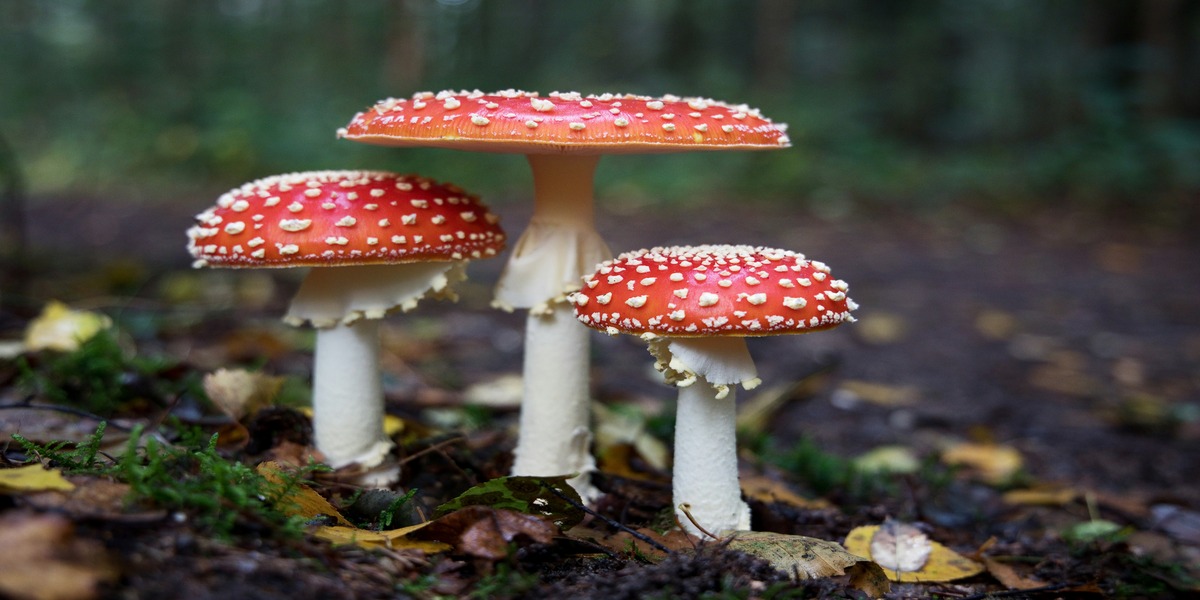
FAQs
- What is the main difference between Dove and Blue Oyster mushrooms?
Dove Oysters are milder in flavor and softer in texture, while Blue Oysters have a stronger, earthier flavor and a chewier texture. - Can I grow both types of mushrooms at home?
Yes, both Dove and Blue Oyster mushrooms can be grown at home using similar substrates, but they have slightly different temperature preferences. - Which oyster mushroom is better for grilling?
Blue Oyster mushrooms are ideal for grilling due to their robust texture, which holds up well to high heat. - Are both types of mushrooms equally nutritious?
Yes, both Dove and Blue Oyster mushrooms offer similar nutritional benefits, including being low in calories and rich in antioxidants and B vitamins. - Do Blue Oyster mushrooms retain their blue color when cooked?
Blue Oyster mushrooms lose some of their blue hue when cooked, but they still maintain their distinctive flavor and texture. - Which oyster mushroom is better for soups?
Dove Oyster mushrooms are a better choice for soups because of their delicate texture and ability to absorb flavors without overwhelming the dish.

